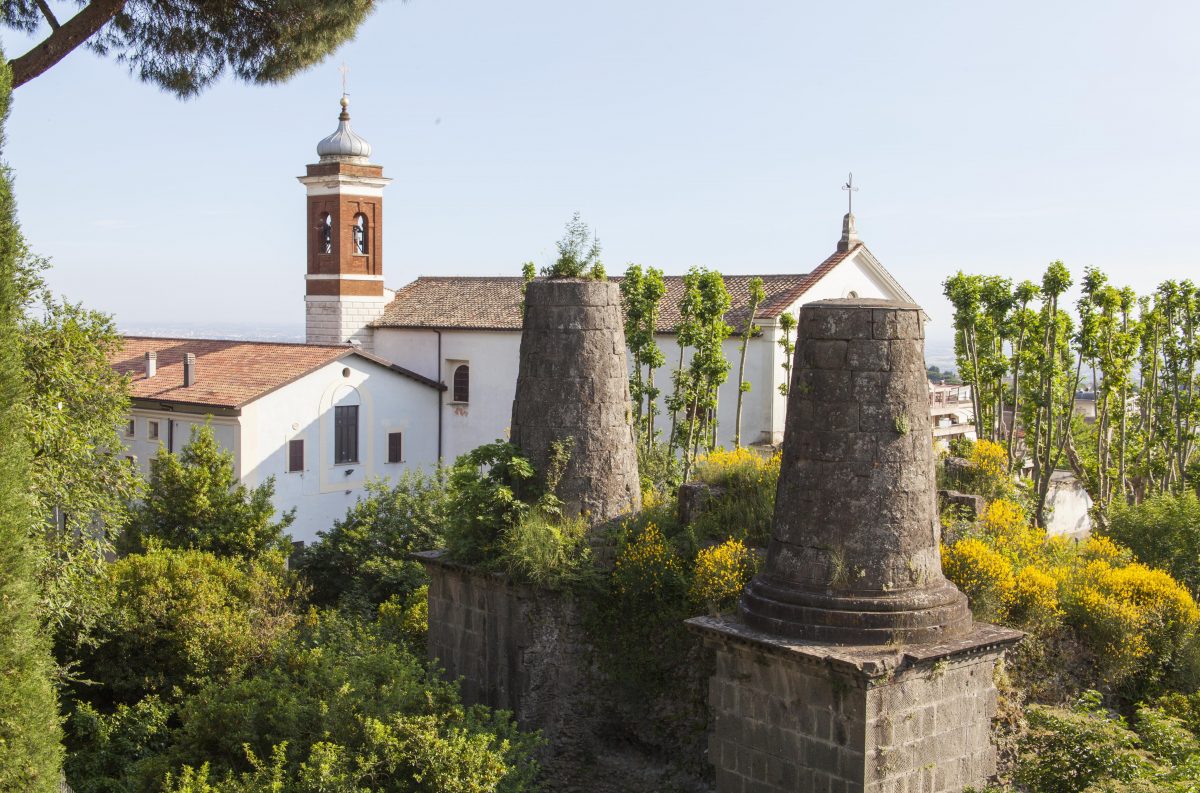Local history associates the mausoleum to the warriors Orazi (Horatii) and Curiazi (Horatii), but historically speaking is more likely to be a reconstruction of the tomb of Arunte (an Etruscan leader) member of the ancient Arrunzia family who had properties in the area. In fact, it was built in the first half of the 1st century BC approximately six centuries after the famous battle of the Orazi and Curiazi.
It was built in huge peperino blocks; on a square base there are four truncated cones on the corners (only two remained intact) and probably a bigger fifth one stood on the drum-shaped central base containing the burial chamber of which only ruins can be found.
In 1812, Antonio Canova, Vatican’s Inspector General of Fine Arts, engaged Giuseppe Valadier and Paolo Provinciali to restore the mausoleum. Works lasted twelve years causing some materials to breakaway and the formation of cracks, but, in spite of this, it has become an integral part of the monument’s history given the importance of Valadier’s outstanding reputation and also being evidence of the first restoration work carried out using modern methods.


 Visit Castelli Romani
Visit Castelli Romani 

